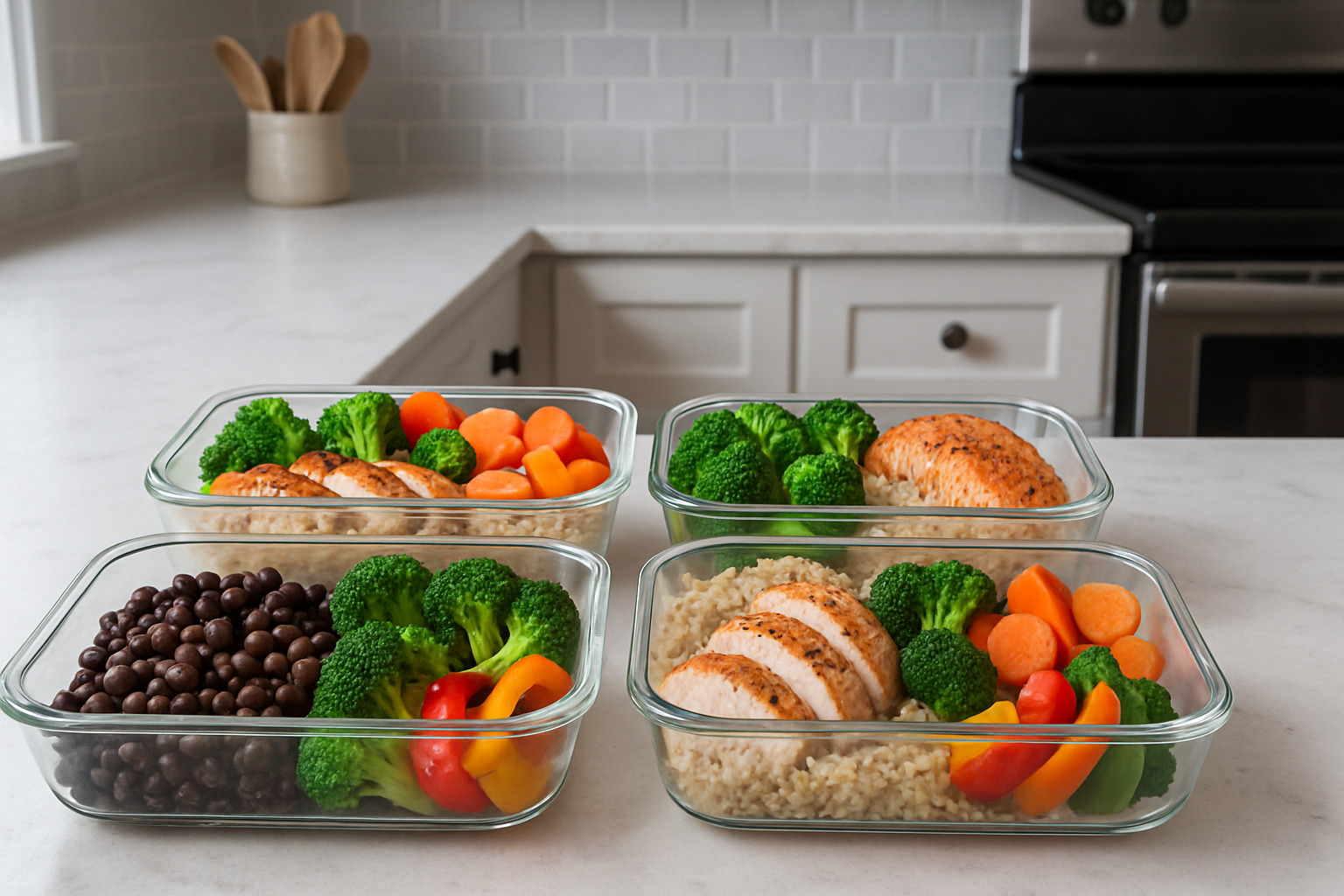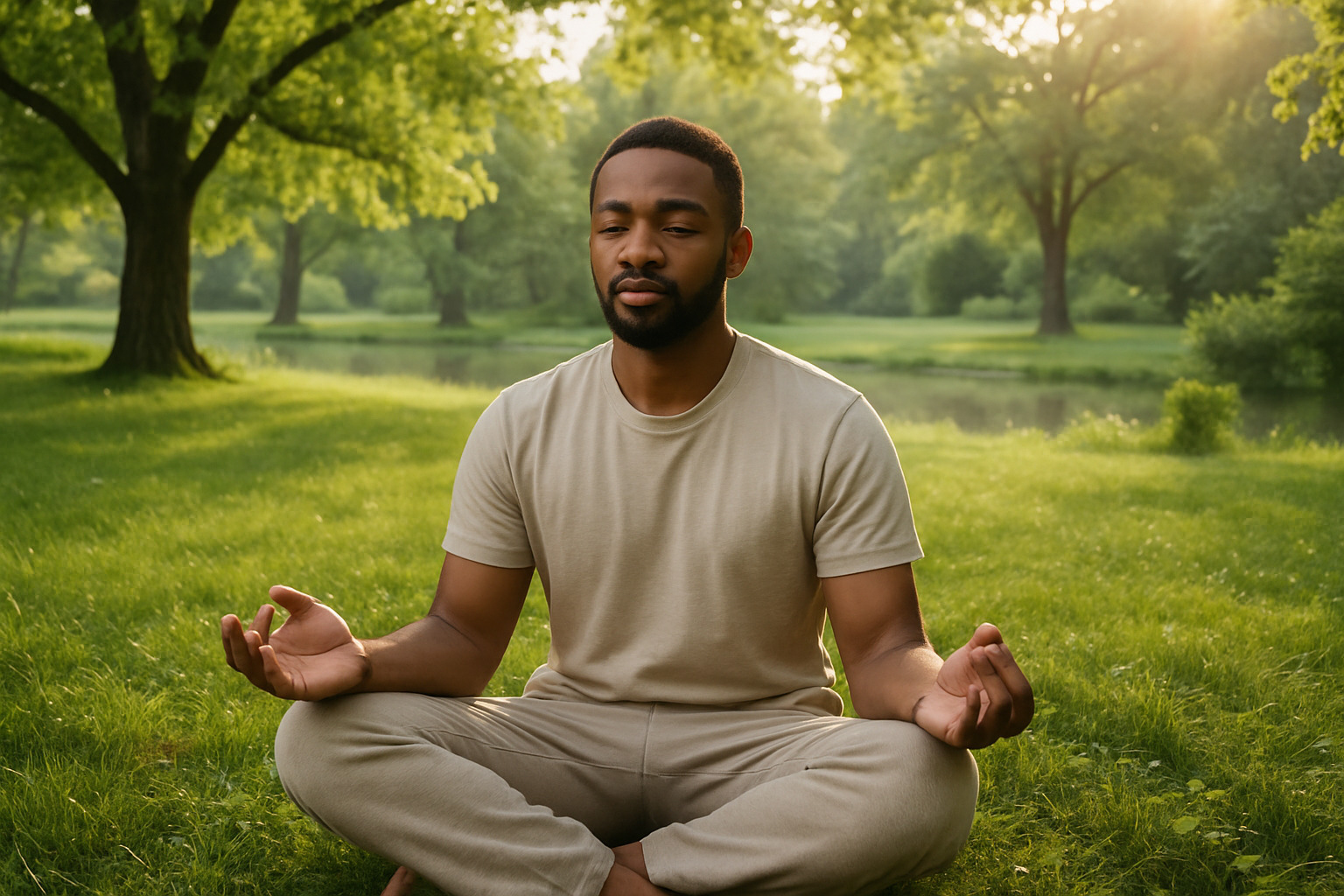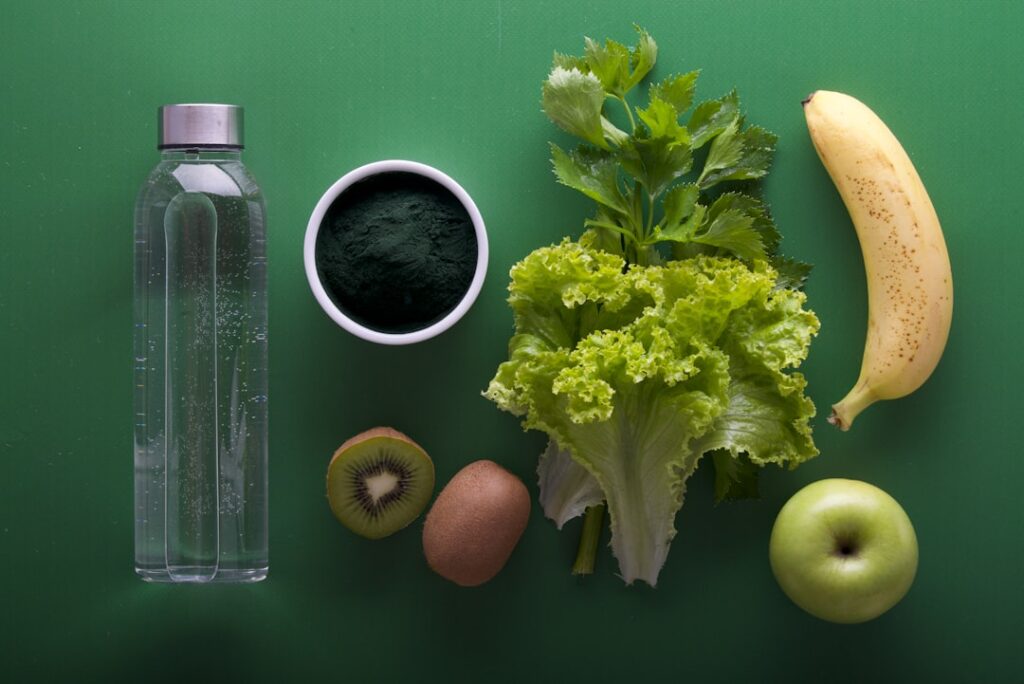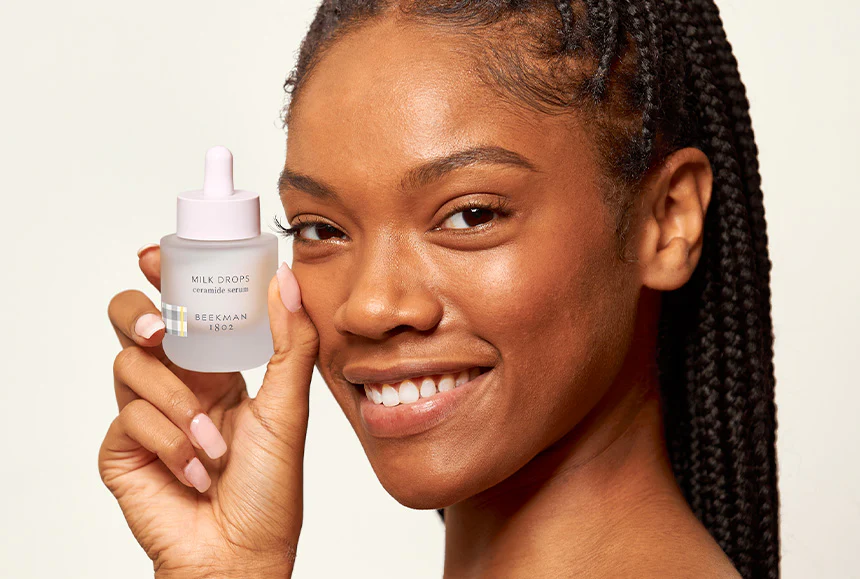Why Wellness Matters in Your Daily Life
Looking for wellness lifestyle tips that actually work? Here’s a quick guide to the essentials:
- Eat well: Focus on whole foods, vegetables, fruits, and lean proteins
- Stay hydrated: Drink 2-3 liters of water daily
- Move regularly: Aim for 150 minutes of moderate activity weekly
- Sleep 7-8 hours: Maintain consistent sleep schedules
- Manage stress: Practice mindfulness and breathing techniques daily
- Build connections: Nurture positive relationships
- Create healthy habits: Make small, sustainable changes
Implementing wellness lifestyle tips doesn’t have to be overwhelming. Think of wellness as an investment in your future self—small deposits today lead to significant returns in energy, happiness, and longevity tomorrow.
According to research, over 70% of Americans are either obese or overweight, yet simple lifestyle changes can dramatically improve health outcomes. The Harvard happiness study, which has tracked participants for 86 years, found that maintaining positive social relationships not only increases happiness but actually helps you live longer.
Wellness isn’t about perfection or following strict regimens. It’s about creating a sustainable lifestyle that supports your physical, mental, and emotional health.
As Mayo Clinic explains, “Real health includes getting enough sleep, practicing mindfulness, managing stress, keeping mind and body fit, and maintaining social connections.”
The good news? You don’t need to overhaul your entire life at once. Small, consistent steps create lasting change. Whether you’re just starting your wellness journey or looking to improve existing habits, these practical tips will help you create a more balanced, energetic life.

Eat Smart & Hydrate: Foundational Wellness Lifestyle Tips
The journey to wellness begins right at your kitchen table. Think of your body as a high-performance vehicle—what you put into it directly affects how smoothly it runs, how much energy it has, and how long it lasts. The science is clear: nutrition and hydration form the cornerstone of how we feel day-to-day and our long-term health outcomes.
Focus on Whole Foods
The most powerful wellness lifestyle tip I can share is beautifully simple: accept whole, minimally processed foods. Your body thrives when you feed it:
Fresh, vibrant fruits and vegetables that paint your plate with color (aim for at least 5 servings daily)—each hue offering different protective nutrients
Hearty whole grains like nutty brown rice, versatile quinoa, and comforting oats that provide sustained energy
Quality proteins such as fish rich in omega-3s, lean poultry, or plant-powered beans and legumes that rebuild and repair your body
Nourishing fats from buttery avocados, golden olive oil, and crunchy nuts and seeds that support brain health
People who fill their plates with nature’s bounty consistently live longer, healthier lives with lower rates of heart disease, obesity, and chronic illness. There’s something almost magical about the thousands of natural compounds in plant foods that work together to support everything from your immune system to your brain function.
One particularly concerning habit worth addressing is our relationship with sugar, especially in what we drink. Sugary beverages have become the primary source of added sugar in American diets, and research directly links high sugar intake to serious health conditions including obesity, type 2 diabetes, and heart disease.
Practical meal-planning hacks for busy people
I know what you’re thinking—eating well sounds wonderful, but who has the time? As someone who juggles multiple responsibilities myself, I’ve found these practical approaches make healthy eating doable even on your busiest days:
Weekend power hours make weekday magic. Spend 1-2 hours on Sunday preparing basics like roasted vegetables, a pot of brown rice, and seasoned protein sources. Mix and match these building blocks all week for quick, nutritious meals.
The plate method simplifies healthy portions without measuring. Fill half your plate with colorful vegetables, a quarter with protein, and a quarter with whole grains or starchy vegetables. Visual cues eliminate the need for complicated calorie counting.
Smart snacking saves you from vending machine emergencies. Keep portable, nutrient-dense options like almonds, pumpkin seeds, and apples in your desk, car, and bag. These provide fiber, protein, and healthy fats to maintain steady energy between meals.

Adding a small handful of nuts or seeds to your daily routine is one of those simple yet powerful wellness lifestyle tips that pays big dividends. These tiny nutritional powerhouses deliver protein, fiber, and essential micronutrients that support heart health while keeping hunger at bay. For more quick wellness strategies that fit into hectic schedules, check out our guide to 5-Minute Wellness Tips for Busy Women.
How much water do you really need? — wellness lifestyle tips in action
Water deserves its own spotlight in our wellness conversation. This humble liquid powers nearly every function in your body:
It revs up your metabolism and helps manage weight (studies show water drinkers lose 4.5 more pounds than control groups)
It improves physical performance and speeds recovery after exercise
It sharpens thinking and stabilizes mood (even mild dehydration can cause irritability and brain fog)
It gives skin that healthy, radiant glow we’re all after
It keeps your digestive system running smoothly
While the classic recommendation of 8 glasses daily is a good starting point, your personal needs might vary based on your activity level, the climate you live in, and individual factors. The CDC provides excellent guidance on hydration for optimal health.
How can you tell if you’re well-hydrated? Your body sends clear signals: your urine should be pale yellow (dark yellow signals dehydration), you rarely feel parched, headaches are infrequent, and your skin maintains good elasticity.
My favorite wellness lifestyle tip for staying hydrated is delightfully simple: find a water bottle you love—one that feels good in your hand and makes you happy to look at—and keep it with you everywhere. Some people benefit from setting gentle reminders or creating hydration habits, like drinking a full glass before each meal or after every bathroom break.
Wellness isn’t about perfection—it’s about making small, sustainable choices that nourish your body and bring you joy. Each glass of water, each colorful meal is an act of self-care that builds toward lasting health.
Move More: Wellness Lifestyle Tips for Daily Activity
Physical activity isn’t just about maintaining weight—it’s a powerful wellness tool that transforms nearly every aspect of your health. When you move regularly, your heart gets stronger, your mood brightens, your energy soars, and you even sleep better at night. It’s like giving your body a daily tune-up.
Health experts recommend at least 150 minutes of moderate activity weekly, plus strength training twice a week. But let’s be honest—with packed schedules and endless responsibilities, hitting these targets can feel like climbing a mountain.

Here’s the encouraging truth: you don’t need to sweat it out at the gym for hours. Research shows even short movement breaks can counteract the harmful effects of sitting too long. And every active minute counts toward your weekly goal—whether it’s a dedicated workout or dancing while folding laundry.
Sneaky ways to fit movement into every schedule
The secret to staying active isn’t finding more time—it’s making the time you already have more active. Try these practical approaches that real people use to move more without disrupting their day:
Turn your meetings into walking conversations. Whether you’re chatting on the phone or meeting a colleague, taking your discussion on foot gives your body and brain a boost. You’ll likely find your thinking becomes clearer and more creative when you’re in motion.
Accept the “stair snack” approach by taking steps instead of elevators when possible. Even climbing just one or two flights before catching the elevator counts! Your heart and legs will thank you.
Your phone can be a wellness ally—set movement alarms that remind you to stand, stretch, or do a quick set of squats hourly. These micro-workouts take just 60 seconds but add up significantly throughout your day.

Turn up the music while doing household chores and add some rhythm to your movements. Vacuuming becomes much more enjoyable when you’re grooving to your favorite songs, and you’ll burn extra calories without even noticing.
Choose parking spots at the back of the lot to build in extra steps. Those additional 50 yards each way might seem small, but they accumulate into meaningful activity over time.
Getting your hands dirty through gardening or yard work delivers a surprising amount of moderate exercise while connecting you with nature—a bonus for mental wellness. Digging, planting, and weeding engage multiple muscle groups and can be deeply satisfying.
Finally, don’t underestimate playtime. Whether with children, grandchildren, or pets, active play brings joy while keeping you moving. Throw a frisbee, kick a soccer ball, or simply chase each other around the yard—movement doesn’t always need to feel like “exercise” to count.
One of our favorite wellness lifestyle tips is this: find movement you genuinely enjoy. When physical activity brings pleasure rather than dread, it transforms from an obligation into something you look forward to. The most effective exercise isn’t the trendiest workout—it’s the one you’ll actually do consistently.
For more inspiration on starting your day with mindful movement, check out our guide to Morning Wellness Rituals That Set the Tone for a Beautiful Day.
Sleep Deep & Stress Less
In our “do more, sleep less” culture, rest and stress management often get pushed to the bottom of our priority list. Yet here’s the truth: these elements aren’t just nice-to-haves—they’re absolutely essential for genuine wellness.
Most adults need seven to eight hours of quality sleep each night to function optimally. When we consistently shortchange our sleep, we’re not just feeling tired—we’re increasing our risk of serious health issues including obesity, diabetes, heart disease, and depression. Sleep also directly impacts our ability to think clearly, manage emotions, and make good decisions throughout the day.
Similarly, the chronic stress many of us have come to accept as normal is silently damaging our bodies. It triggers inflammation, weakens our immune system, disrupts sleep patterns, and contributes to everything from nagging headaches to serious heart conditions.
Proven bedtime routine — essential wellness lifestyle tips
Creating a consistent sleep routine isn’t just about feeling less groggy—it’s a powerful signal to your body that it’s time to wind down. Here’s what science tells us works best:
First, set a consistent schedule by going to bed and waking up at the same times daily—yes, even on weekends. Your body thrives on rhythm, and this consistency helps regulate your internal clock.
Turn your bedroom into a sleep sanctuary by keeping it cool (65-68°F), dark, and quiet. These environmental factors significantly impact sleep quality, with temperature being particularly important for helping your body initiate sleep.
One of my favorite wellness lifestyle tips is establishing a screen curfew at least 60 minutes before bedtime. The blue light from phones and tablets interferes with melatonin production—the hormone that signals your body it’s time to sleep. Instead of scrolling, try reading a physical book or magazine.
Develop a wind-down ritual that your body will begin to associate with sleep. This might include gentle stretching, reading something calming, or taking a warm bath. These activities tell your nervous system it’s safe to relax.
Be mindful of what you consume in the evening hours. Limit caffeine after noon and avoid alcohol within 3 hours of bedtime. While alcohol might help you fall asleep initially, it disrupts the deeper, more restorative sleep stages.
| Good Sleep Habits | Poor Sleep Habits |
|---|---|
| Consistent bedtime | Irregular schedule |
| Screen-free hour before bed | Using devices until lights out |
| Cool, dark bedroom | Bright, warm sleeping environment |
| Relaxing pre-sleep routine | Stimulating activities before bed |
| Limited evening caffeine/alcohol | Late-day coffee or nightcap |
| Regular exercise (not right before bed) | Sedentary lifestyle or late workouts |
Fast stress-busters you can do anywhere
Stress is inevitable in our busy lives, but we don’t have to let it take over. These quick techniques can help you regain your center when tension rises:
Box breathing is a technique used by everyone from Navy SEALs to yoga instructors. Simply inhale for 4 counts, hold for 4, exhale for 4, hold for 4, and repeat. This pattern activates your parasympathetic nervous system—your body’s natural calming mechanism.
When anxiety feels overwhelming, try the five-sense grounding technique. Identify 5 things you can see, 4 things you can touch, 3 things you can hear, 2 things you can smell, and 1 thing you can taste. This simple practice pulls you out of spiraling thoughts and back into your body.
Don’t underestimate the power of mini-meditations. Even 2-3 minutes of focused breathing or guided meditation can reset your nervous system. When I’m feeling stressed, I use apps like Calm or Headspace for quick mental breaks between meetings or tasks.
The gratitude practice is another powerful wellness lifestyle tip that takes just moments. Briefly noting 3 things you’re grateful for shifts your brain from stress mode to appreciation mode, changing your neurochemistry in the process.
Never discount the healing power of social connection. A quick text, call, or in-person chat with someone who supports you releases oxytocin, a hormone that reduces stress and promotes feelings of wellbeing.

Research published in the Journal of Psychosomatic Research found that regular meditation can actually lower LDL cholesterol and reduce symptoms in people with high blood pressure and diabetes. This highlights an important truth: how we manage stress directly impacts our physical health, not just our mental wellbeing.
Build Healthy Habits & Positive Relationships
The most powerful wellness lifestyle tips are those that stick with you for life. Creating lasting healthy habits isn’t about overnight change—it’s about understanding how real behavior change works and surrounding yourself with people who lift you up along the way.
The Science of Habit Formation
Did you know it takes about 40 days to cement a new habit? That’s right—willpower alone won’t get you there (especially on those days when motivation decides to take a vacation). Instead, try these science-backed approaches that actually work:
First, try habit stacking—attaching new health routines to things you already do automatically. Your morning coffee brewing? That’s the perfect three minutes for a quick stretch sequence. Brushing your teeth? Use that time for balance exercises or gratitude reflection.
Your environment shapes your choices more than you might realize. Design your surroundings to make healthy options the easy default. Keep that water bottle visible on your desk, store nutritious snacks at eye level in your pantry, and lay out tomorrow’s workout clothes before bed.
Starting too big is where most wellness journeys derail. Instead, begin with habits so tiny they almost seem laughable—a single push-up, one minute of meditation, or drinking one extra glass of water. These micro-habits build confidence and momentum that naturally expand over time.
Tracking doesn’t have to be complicated. Whether you use a simple checkbox in your journal, a habit-tracking app, or a calendar on your wall, visually monitoring your consistency creates accountability and a surprising sense of satisfaction. And don’t forget to celebrate those small wins along the way—with rewards that actually support your goals rather than undermine them.
The Power of Positive Relationships
The Harvard Study of Adult Development has followed participants for 86 years, and its findings are clear: close relationships predict long, happy lives better than wealth, fame, IQ, or social class. Strong connections literally protect your brain, body, and emotional wellbeing.
“The clearest message we get from this 86-year study is that good relationships keep us happier and healthier. Period,” says Dr. Robert Waldinger, the study’s director.
Nurturing your social wellness might look like scheduling regular coffee dates with friends who energize you, joining a community garden or book club aligned with your interests, or volunteering for causes that matter to you. The key is quality over quantity—a few deep connections provide more wellness benefits than dozens of surface-level acquaintances.
Don’t forget that healthy boundaries are essential to positive relationships. Sometimes the most powerful wellness lifestyle tip is learning to say “no” to energy-draining interactions to make space for those that fill your cup.
Personalizing wellness lifestyle tips for your unique life
There’s no cookie-cutter approach to wellness that works for everyone. The most sustainable lifestyle is one custom to your unique needs, preferences, and life circumstances.
Start by identifying your specific barriers. Is it truly time constraints keeping you from preparing healthy meals, or is it actually lack of planning? Is fatigue preventing exercise, or could it be that you haven’t found movement that energizes rather than depletes you? Naming the real obstacles helps you address them directly.
Honor your preferences instead of forcing yourself into someone else’s wellness template. If running makes you miserable, you won’t stick with it—no matter how many marathon photos fill your Instagram feed. Maybe dancing, hiking, or strength training brings you genuine joy instead.
Wellness also looks dramatically different during different life stages. A new parent’s self-care might focus on micro-moments of peace and nutrient-dense convenience foods. A retiree might prioritize social connection and brain-stimulating activities. Adapt your expectations to honor where you are right now.
Perhaps most importantly, connect with your deeper why. Surface-level motivations like “looking good in a swimsuit” rarely sustain long-term change. What truly drives you? Is it having the energy to play with your children? Mental clarity for creative work? Emotional resilience during challenging times? This internal compass guides you when external motivation inevitably wavers.
Finally, accept imperfection as part of the journey. All-or-nothing thinking is the enemy of sustainable wellness. Small, consistent actions over time create far more impact than occasional “perfect” days followed by abandonment.
At Beyond Beauty Lab, we believe wellness is deeply personal yet universally important. Our approach emphasizes education and sustainable practices that nurture both inner vitality and outer radiance. For more personalized guidance, check out our Monthly Self-Care Planner + Printable Wellness Tracker to help you design your unique path to thriving.
Conclusion
The journey to wellness isn’t a race to some distant finish line—it’s about embracing the path itself. Implementing wellness lifestyle tips into your daily routine doesn’t require perfection, just a willingness to take those first small steps that, over time, create meaningful change in your life.
Think of wellness as a beautiful mix you’re weaving one thread at a time. Each healthy choice—whether it’s drinking an extra glass of water, taking a moment to breathe deeply, or choosing to connect with a friend—adds vibrant color to the fabric of your life.
As you move forward on your wellness journey, keep these gentle reminders close to heart:
Begin with just one or two changes rather than attempting to transform everything overnight. Your body and mind appreciate gradual transitions. Focus on adding nourishing habits rather than simply eliminating things—this positive approach feels more sustainable and joyful.
Be patient with yourself. Some days will flow beautifully; others might feel like you’re swimming upstream. That’s perfectly normal and part of being human. Celebrate your progress, however small it might seem in the moment.
Your wellness journey is uniquely yours. What works beautifully for someone else might not resonate with your body, schedule, or preferences—and that’s exactly as it should be. Adjust your approach with self-compassion, using tracking tools when they help you stay mindful of your progress.
Wellness thrives in community. Seek support from friends, family, or online groups who understand and encourage your commitment to well-being. These connections not only make the journey more enjoyable but often help us stay the course when motivation naturally ebbs.
At Beyond Beauty Lab, we believe wellness isn’t simply about extending your lifespan—it’s about enhancing the quality of each day you live. True beauty radiates from a foundation of physical vitality, mental clarity, and emotional balance. When you nurture yourself holistically, it shows in everything from your skin’s glow to the sparkle in your eyes.
The most powerful approach to wellness accepts all dimensions of your being. Nutrition, movement, restorative sleep, stress management, and meaningful connection work in harmony to create a life that feels good from the inside out. By implementing these wellness lifestyle tips in ways that honor your unique needs and circumstances, you’re creating sustainable patterns that will serve you for years to come.
So what small, beautiful step will you take today? Sometimes the tiniest actions create the most profound ripples of change.









